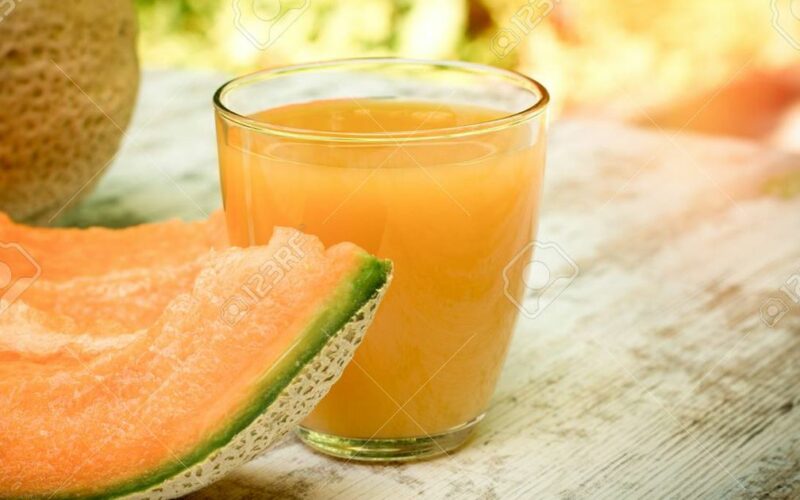By Nancy Clanton, The Atlanta Journal-Constitution
Troy Warren for CNT
Researchers at University of Georgia are studying new products made from watermelons and cantaloupes
Scientists at the University of Georgia are using their melons in more ways than one.
Researchers in the Department of Food Science and Technology at the College of Agricultural and Environmental Sciences are conducting studies to find new products made from watermelons and cantaloupes.
According to the Georgia Department of Agriculture, watermelons are Georgia´s No. 1 produce crop with more than 40,000 acres in production. The state has the perfect climate to produce a consistent crop with good yields and sweet melons. Cantaloupe is available from May through October and is grown primarily in the Southern and South-central parts of the state.
“The long-term goal of our research is to extend the shelf life of fruit juices while preserving natural levels of beneficial molecules and sensory quality,” explained Lida Araghi, the doctoral candidate who is leading the juice study.
The researchers want to use refrigeration and high pressure processing methods to make the juice as fresh as possible. Using high pressure instead of other conventional methods allows for the fruit to retain its nutritious profile, according to CAES News.
“A nonthermal technology like high-pressure processing offers an alternative to conventional thermal processing to meet consumer demands for convenient, high-quality, natural nutrients and minimally processed products,” Araghi told CAES News.
If successful, the research will expand the market for growers and make nutritious choices more readily available to consumers. Cantaloupe is low in calories and fat while providing 337% of a person’s recommended daily allowance of vitamin C.
If you can’t wait for the juices, head to your local farmers market to pick up a Georgia-grown melon. Here are a couple of things to look for:
- When buying whole watermelons, look for a firm, slightly dull rind, that is fully round.
- When buying cantaloupes, choose medium-size melons with thick, above surface netting.
The state Agriculture Department suggests a few ways to enjoy your melon:
- Chilled and eaten right off the rind
- Turn watermelon rind into pickles, muffins or sherbet
- Create an attractive party dish by using the watermelon rind as a fruit bowl filled with watermelon, cantaloupe and honeydew balls
- Juice the watermelon and use the rind as a base for an icy cold fruit punch
- Freeze watermelon into cubes or pops for kids of all ages
- Quarter cantaloupe and serve just as it is
- Chop cantaloupe and include in tossed salads for added flavor and nutrition
- Create a mixed fruit salad with strawberries, blueberries, honeydew, grapes and cantaloupe
- Top cantaloupe slices with a variety of berries, plain yogurt or whipped cream for a special brunch or dessert
- For an after dinner treat, top cantaloupe with ice cream or frozen yogurt
- Puree cantaloupe and use as dessert topping or as a cold soup
- Slice cantaloupe and serve with cottage cheese or plain yogurt for nutritious lunch
In Other NEWS



































